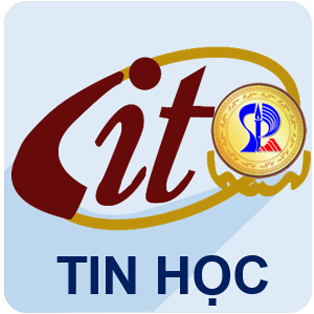Introduction
Physics teacher education program (PTEP) was designed and first applied in 2000 as an academic year training program. It consists of 210 learning units within 04 academic years, of which 01 learning unit is equivalent to 15 hours at class (time for one hour is 45 minutes).
In 2006, according to the requirement of higher education innovation of the Ministry of Education and Training (MOET), PTEP was transformed from academic year training to credit-based training system. Consequently, the teaching volume changed from 210 learning units to 120 credits. 01 credit is equivalent to 15 hours at class and 30 self-study hours. The time for one hour increases to 50 minutes. However, the feedback of lecturers and students revealed that the number of credits was not enough to organize all teaching and learning activities as planned and required by the PTEP. Therefore, in 2010, the University of Danang - University of Science and Education (UD-UED) Council decided to increase the number of credits
from 120 to 135. Simultaneously, several selective courses were added to the PTEP to ensure that the ratio of compulsory credits to selective credits was 110 to 25.
from 120 to 135. Simultaneously, several selective courses were added to the PTEP to ensure that the ratio of compulsory credits to selective credits was 110 to 25.
In 2013, the PTEP was revised again. The content of general courses were redesigned in the direction of interconnection between the training branches. Furthermore, English-skill requirement for graduation, which is B1 level in Common European Framework of Reference for Languages (CEFR), was applied to students. In other words, in order to graduate from the PTEP, students enrolled from 2013 must accumulated enough 135 credits and have B1-level English certificate. Further improvement of PTEP was done in 2015. The number of credits was kept at 135, but there were some adjustments in the program expected learning outcomes (PLOs) and the ratio of knowledge clusters. In details, the PLOs were adjusted in a measurable direction. The courses’ content and methods of teaching and assessment were also updated and improved to help students meet published PLOs. In addition, the total credits for the practical and professional courses were increased, and the courses which did not contribute much to PLOs were removed. Also in 2015, a satellite school model of internship was first applied with a practice time of up to 20 weeks, which was twice longer time and held earlier than the previous model. On the 2 basis of the demand from the labor market, information technology skill (IT-skill) requirement for graduation was applied for students enrolled from 2014 as well.
After two years of application, the satellite school model of internship received positive reviews from both students and teachers (employers) at high schools. However, this model had two issues that need to be addressed. Firstly, since the practice time at the satellite schools was long, the remained courses at the UED were overloaded for students. Secondly, the students were not adequately equipped with the knowledge and skills for practice at satellite schools because internship was held one semester earlier compared to the curriculum schedule.
Therefore, in the most recent revision, the PTEP was rearranged so that the professional courses were learned earlier. The total credits at the 6th and 7th semesters were also reduced to 15 and 10, respectively. Moreover, a course of "Introduction to Physics Teacher Education" was added to the PTEP at the 2nd semester to help students access the professional knowledge. Faculty of Physics (FP) is planning to improve the PTEP towards the conceive-design-implement-operate (CDIO) standards
Reader Comments
You must login to comment this article
Faculty





























